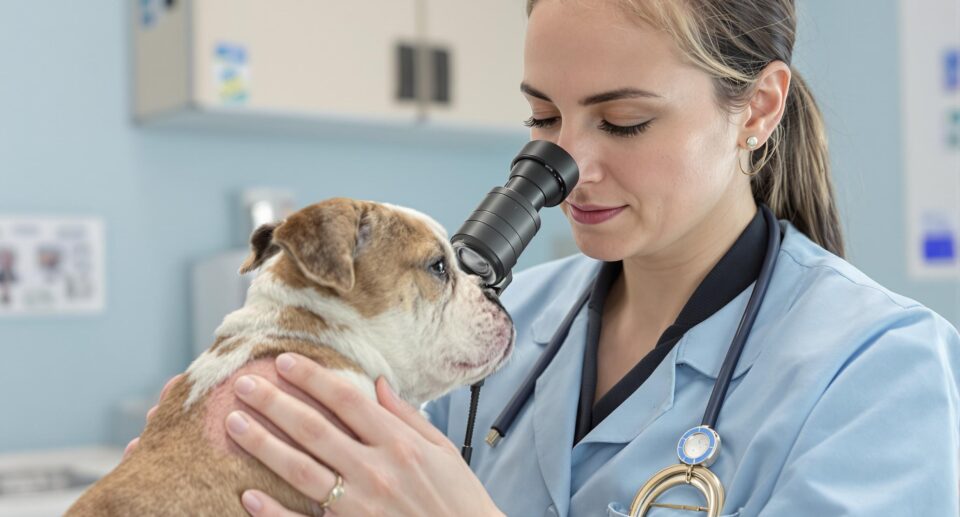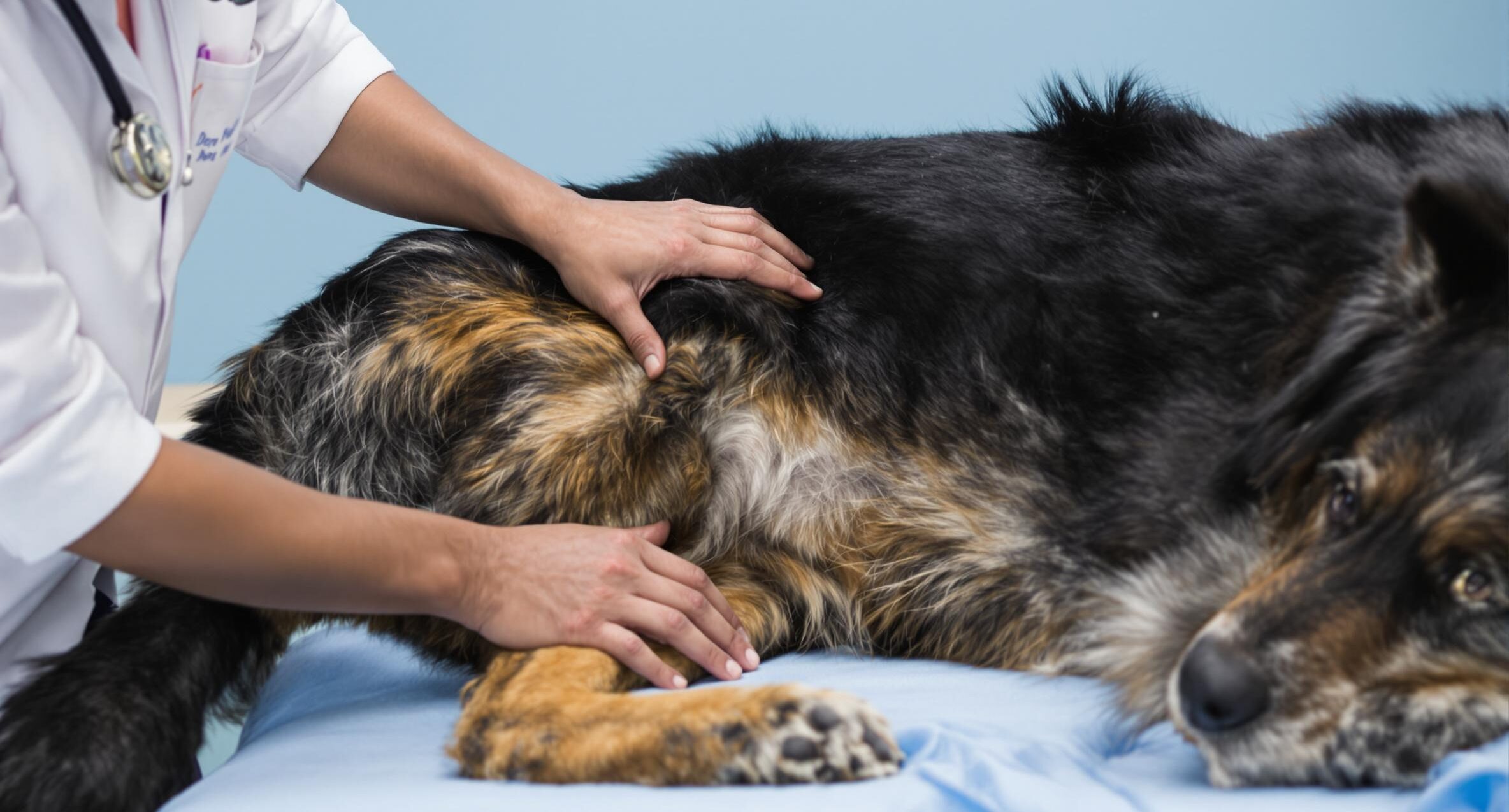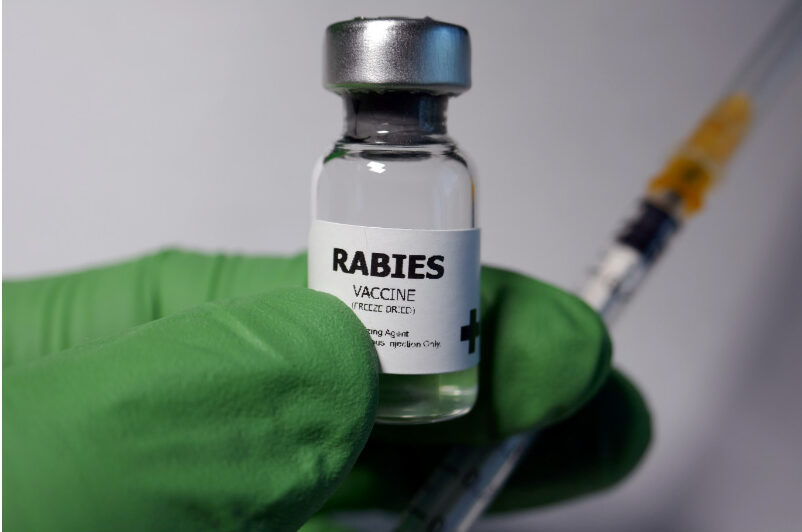Rabies in Dogs

What is rabies?
Rabies in dogs and cats is a deadly viral disease spread by infected pets and wildlife, usually by biting. Rabies causes fatal illness because it attacks the nervous system, changing how the brain functions and how animals behave. Rabies is easily spread from animals to people (zoonotic disease), but it can be prevented by vaccinating pets. In the United States, more than $300 million annually is spent to prevent and treat rabies.
Key facts about rabies in dogs and cats
- Rabies is spread through saliva or infected tissues, especially the brain.
- Bats, raccoons, skunks, and foxes carry rabies.
- By law, a rabies vaccination must be given under the direct supervision of a veterinarian.
Pets most at risk for rabies
Dogs and cats living at the interface of urban and rural areas are the most likely to get rabies. As homes are built in these outlaying areas, pets have contact with rabid coyotes, foxes, raccoons, skunks, and bats. All mammals, including livestock, pets, and people, are susceptible to rabies. In 2004, there were 6,836 cases of rabies in animals and eight cases of rabies in humans in the United States. Over 90% of animal rabies cases were in wildlife: raccoons, skunks, bats, and foxes. About 8% of rabies infections were in domestic animals: dogs, cats, and cattle. The state of Texas had the highest number of rabid animals. Most cases of dog and cat rabies don’t occur in stray animals, but in family pets, because their owners have not had them vaccinated.Before vaccination became legally required in so many communities, more than 90% of rabies cases reported each year were in pets and domestic animals. That has changed, and today, only 10% of rabies cases in the United States occur in pets and domestic animals.





